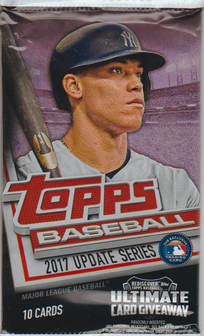
The design will be familiar to collectors of the first two series, as it follows the same formula. The only difference is that when a player has an all-star card, the team logo is replaced by the ASG icon used for the game that was held in Miami this past July.
Judging from the checklists, the box and the packs, you can tell who Topps is hyping in this set. Aaron Judge is prominent — and should be — with three cards in the base set and two different variation cards. If you are collecting a master set, including inserts, autograph and relic cards, there are 17 Judge cards out there.
A hobby box will have 36 packs, with 10 cards per pack. Jumbo boxes will have 10 packs, with 50 cards per pack. Retail blaster boxes will contain 10 packs, plus an additional pack that contains a retail-exclusive, thick MVP Award medallion card.
I mention the blaster boxes because that is what I will be reviewing. For more than a decade I’ve reviewed hobby boxes that Topps supplied to me, but after not receiving Allen & Ginter or Topps Heritage High Numbers during the summer, I emailed to find out why. The answer I received was that I was no longer on the distribution list, and that Topps often reevaluates who they send boxes to, adding and subtracting from the list.
Hey, stuff happens. It was a nice ride. That won’t stop me from reviewing cards. It’s too much fun. And that will give me a chance to sample different products, too.
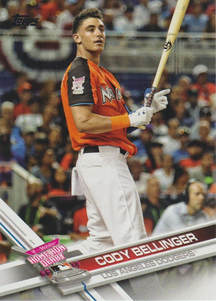
The medallion card depicted newly inducted Hall of Famer Ivan Rodriguez. Rainbow parallels fall one in every 10 packs, and I pulled a card of Red Sox pitcher Craig Kimbrel. There are also gold parallels numbered to 2017, and I pulled cards of Phillies pitcher Pat Neshek and Blue Jays outfielder Dwight Smith.
As far as inserts go, Topps Salute returns with a 50-card subset. Even though this insert falls one in every eight packs, I managed to get two of them in my blaster box. The tribute to the 1987 Topps set also returns for the third time this year, also with 50 cards. I pulled one — an Orlando Arcia card. Major League Network cards returned and I open a pack that contained a Matt Yallof card; there are nine cards in this subset.
The newer inserts are colorful and some have a historic tone to them. The 30-card Untouchables is a 30-card, blaster box exclusive set that pays tribute to Cy Young Award winners who also excelled in the playoffs. The card has two photographs — one action. and one posed, The card I found was of 2016 winner Rick Porcello.
MVP Award Winners is also limited to retail blaster boxes, and there are 30 cards. I pulled five of these cards, including Ernie Banks, Lou Gehrig, Don Mattingly, Roberto Clemente and Joey Votto. These also come in red parallels numbered to 25, and 1/1 platinum parallels.
Another retail-only insert is called Postseason Celebrations, and the 25-card set is fairly straightforward — players celebrating victory. I pulled a card of the Phillies savoring victory in 1980, and one of the Giants celebrating after the 2012 World Series. I also pulled a blue parallel, numbered to 500, showing the 1979 Pirates.
Topps All-Rookie Cup inserts consists of 50 cards that honor the players who had great debuts. The card I pulled was of Rays third baseman Evan Longoria. The card front is from the 2008 Topps set, while the back discusses Longoria’s “Trophy Season.”
The final insert group I pulled was called Storied World Series, and there is a vintage photo on the front with a nice summary of that year’s Fall Classic on the back. There are 25 cards in this subset.
What I find troubling about this insert is that while the photos are vintage, they don’t all necessarily match the year of the World Series. For example card SWS-5, chronicling the 1905 Series between the New York Giants and Philadelphia Athletics, shows a play at the plate with a New York player tagging out a Philadelphia runner, who clearly is wearing a large, block letter “P” on his sleeve, which, according to Mark Okkonen’s magnificently researched book, “Baseball Uniforms of the 20th Century: The Official Major League Baseball Guide” did not appear until 1909.
The Athletics’ uniform has an “A” on the front and Also, the Giants had a large “NY” on their uniform front in 1905; the Giants began using the home uniform depicted in 1908, and in fact, in 1905 they wore black for Game 1 of the World Series. So I am guessing that photo is from 1909 at the earliest.
And I am not altogether sure that the 1961 Yankees card, which shows Roger Maris following through on a swing, is from the World Series. It might be from a black-and-white photo that was colorized, but if so, the catcher should have had red sleeves, as the Cincinnati Reds had that color scheme.
Quibbling points, but they just seemed a bit confusing.
As a postscript, I did buy a second blaster box -- after all, I am a set builder at heart -- and one of the more interesting cards I pulled was a Judge variation. The medallion card was Ichiro.
Despite some possible nitpicking by baseball historians, the Update set is a nice one and caps the year off nicely for Topps. It should be relatively easy to complete the base set, and the inserts add enough difficulty to make the chase intriguing.
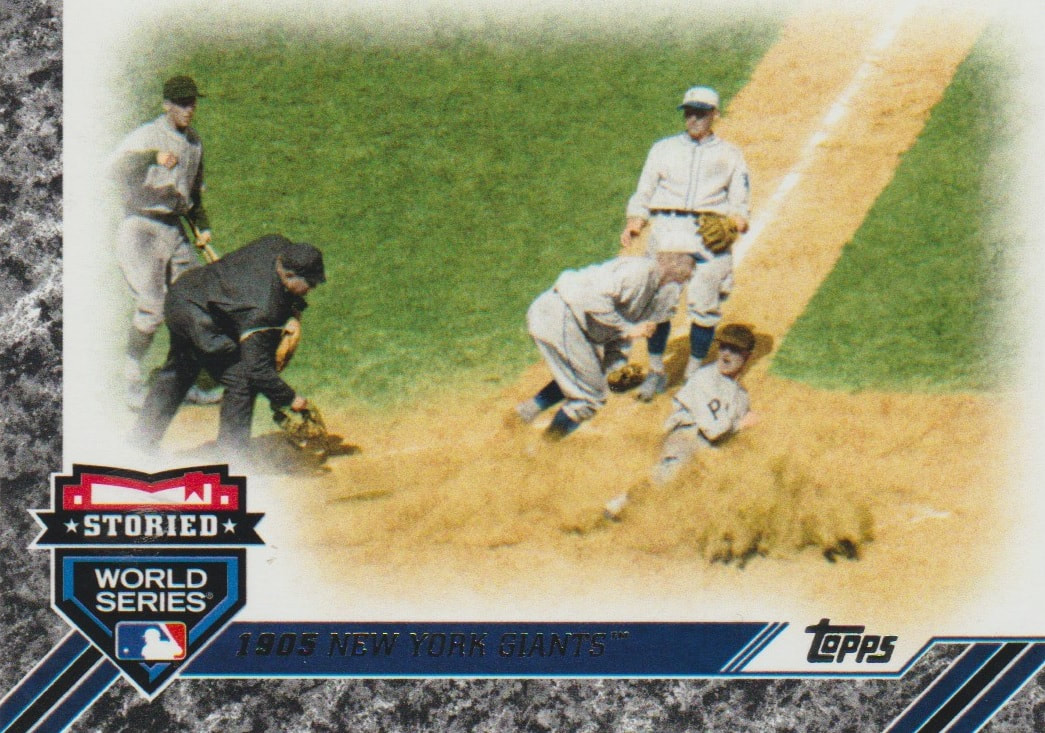
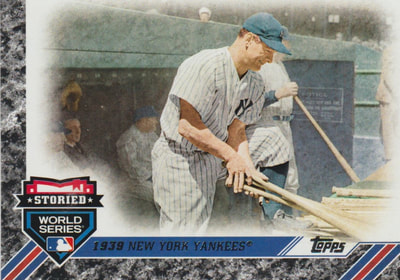
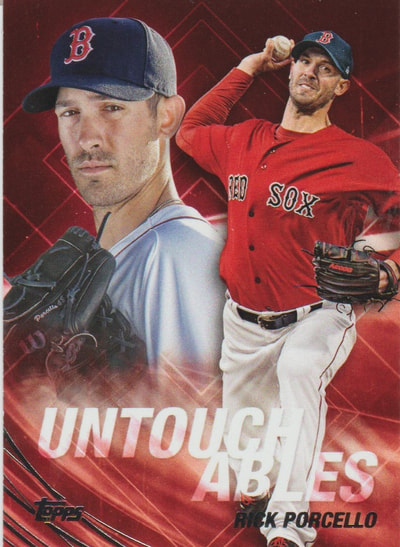
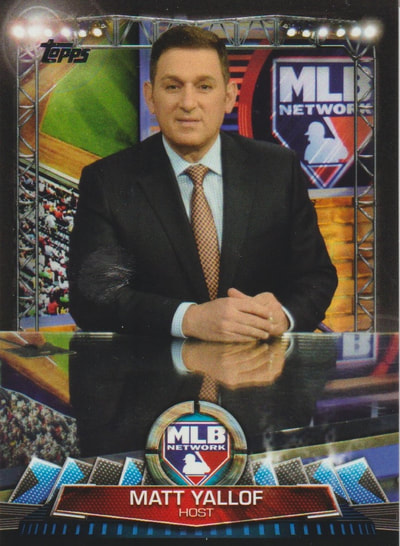
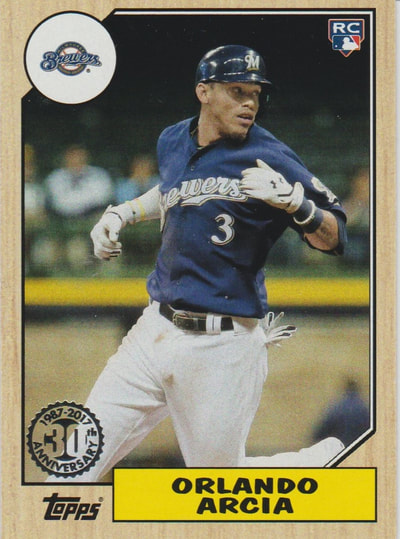
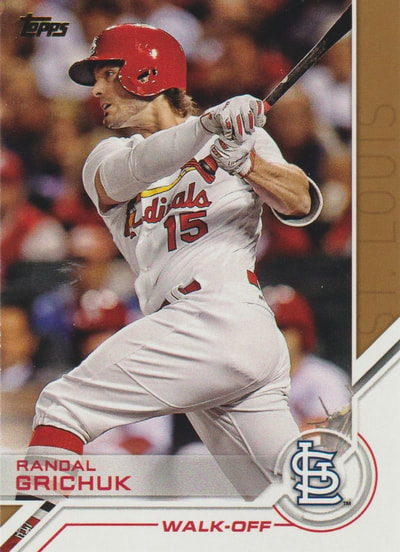
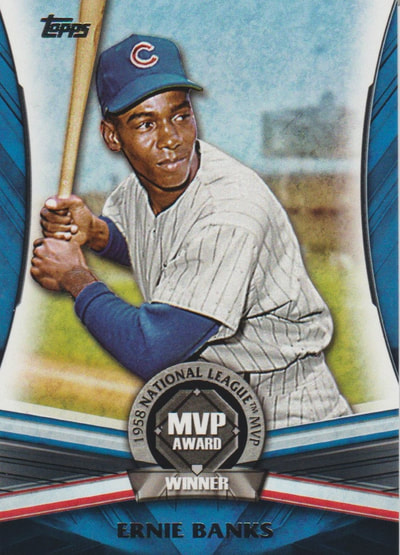
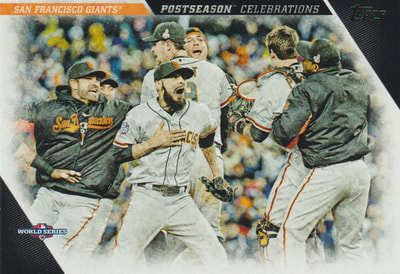
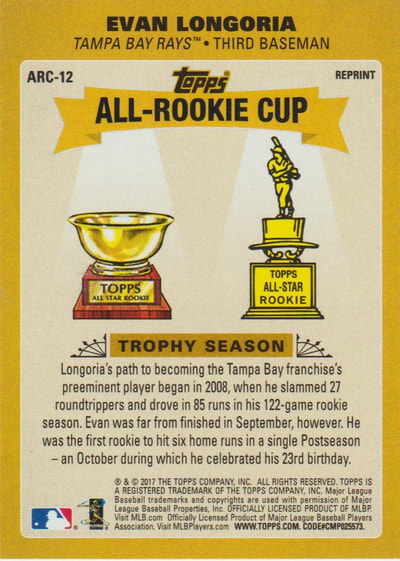
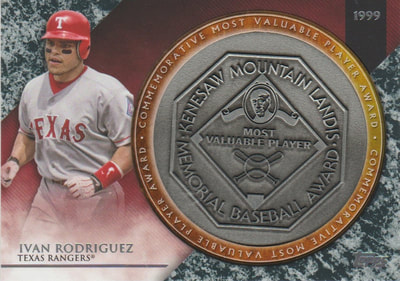
 RSS Feed
RSS Feed
